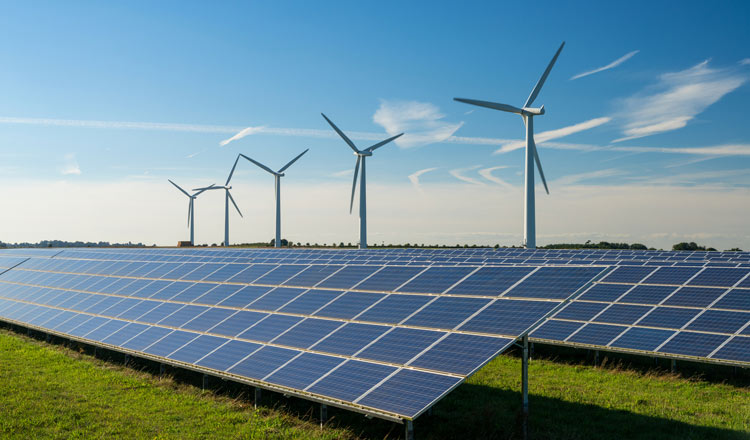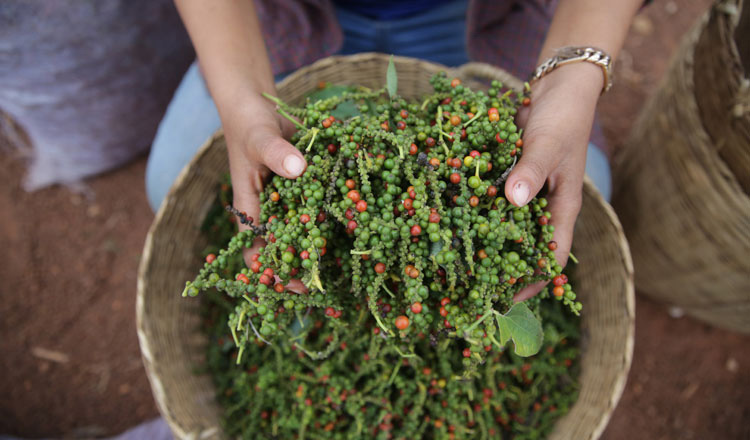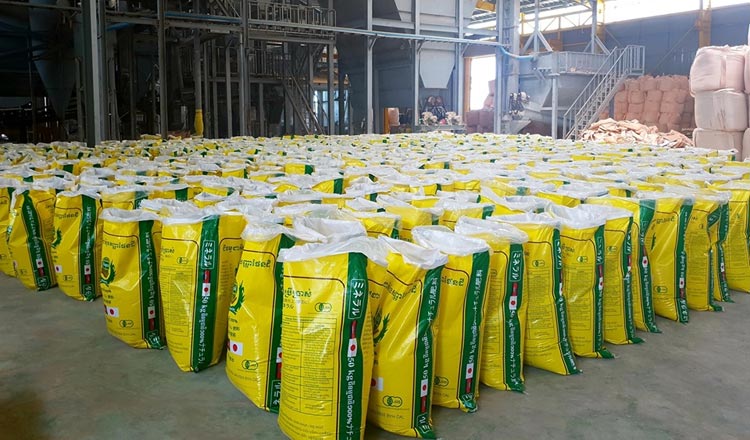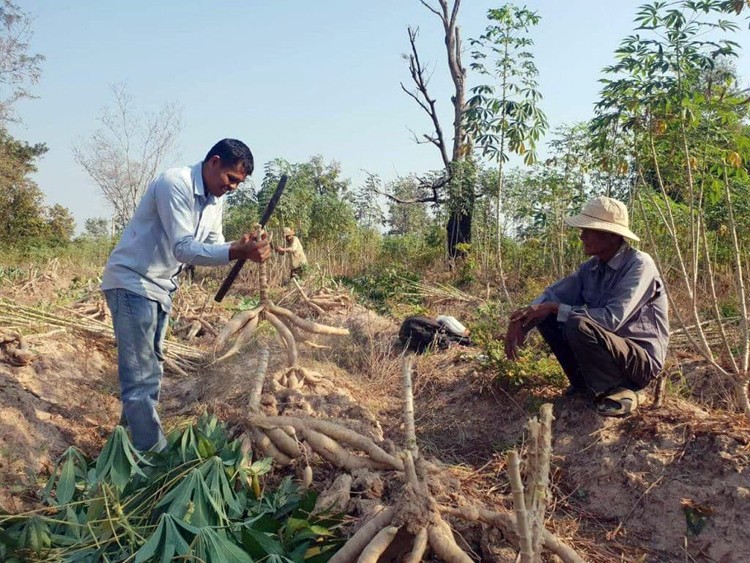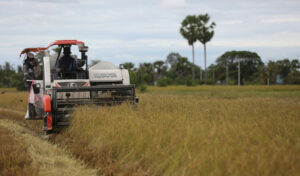Energy Lab’s stimulus plan for clean energy investment
Energy Lab has suggested two immediate “stimulus suggestions” to support clean energy investment easily.
The first one recommends that factories should be allowed to install rooftop solar panels to access the off-peak energy tariff, with the second suggesting the finalization of Cambodia’s first wind farm PPA (at the same or slightly lower c/kWh price negotiated for the recently approved coal-fired projects).
Cambodian Prime Minister Hun Sen promised in February to give tax breaks to garment factories hit by supply chain disruptions caused through the Coronavirus epidemic and higher tariffs after the European Union (EU) withdrew trade preferences over human rights.
The Cambodian government is close to signing a deal with the local subsidiary of French-owned, Singapore-based renewable power producer The Blue Circle to construct the energy-lacking country’s first wind power farm in Kampot.
“Both sides expect to sign an agreement soon. I expect it will be done by June,” said Victor Jona, director-general of Energy at Cambodia’s Ministry of Mines and Energy.
Energy Minister Suy Sem said the ministry’s priority was the development of electricity sources to improve production capacity, transmission, distribution and connection. He said the ministry has been working to ensure that Cambodia’s electricity supply remained stable and meets growing demand.
Overall, the ministry aims for more than 14,000 of the country’s villages to have access to some source of electricity by next year and at least 90% of households to have access to grid-quality electricity by 2030.
According to Energy Lab, the two stimulus suggested will help overall economic recovery, not just in the clean energy sector. “We see value in stimulus to strengthen and expand Cambodia’s clean energy sector, but this will also support investment, growth and jobs in both cities and provincial areas,” a spokesperson said.
The Blue Circle Kampot wind farm – the country’s first – was approved in mid-2019 by the Council of Ministers but has since stalled. This is because the project still hasn’t been approved by the National Assembly or reached an agreement with Electricite du Cambodge (EDC), one of the main energy suppliers in the country, on the sale price of the electricity. Meanwhile, four coal-fired power projects have been approved by the National Assembly and Senate, including the 700 mW plant in Koh Kong and 265 mW plant in Odour Meanchey.
“The new changes are a great step in the right direction to meet industrial needs in Cambodia, but must be aligned with peak/off-peak, and also address the contracts of already installed solar users. Government focus on energy efficiency, combined with rooftop solar and a green grid energy mix, will position Cambodia as an attractive industrial option, as global brands seek to reduce their carbon footprint,” a statement from EDC read, addressing the situation.
Currently, there is about 30 mW of rooftop solar power in Cambodia. The majority is generated from Chip Mong Insee Cement factory’s 10 mW solar system, followed by Kampot Cement Company with its own 7 mW set-up.
“If the Cambodian government is looking for an immediate stimulus suggestion that can support investment, growth and jobs (not just in cities but in provincial areas) then the government need to finalise Cambodia’s first wind farm purchase agreement, and also allow all factories wanting to install rooftop solar access to the off-peak tariff,” said Bridget McIntosh, Country Director of EnergyLab. Khmer Times

